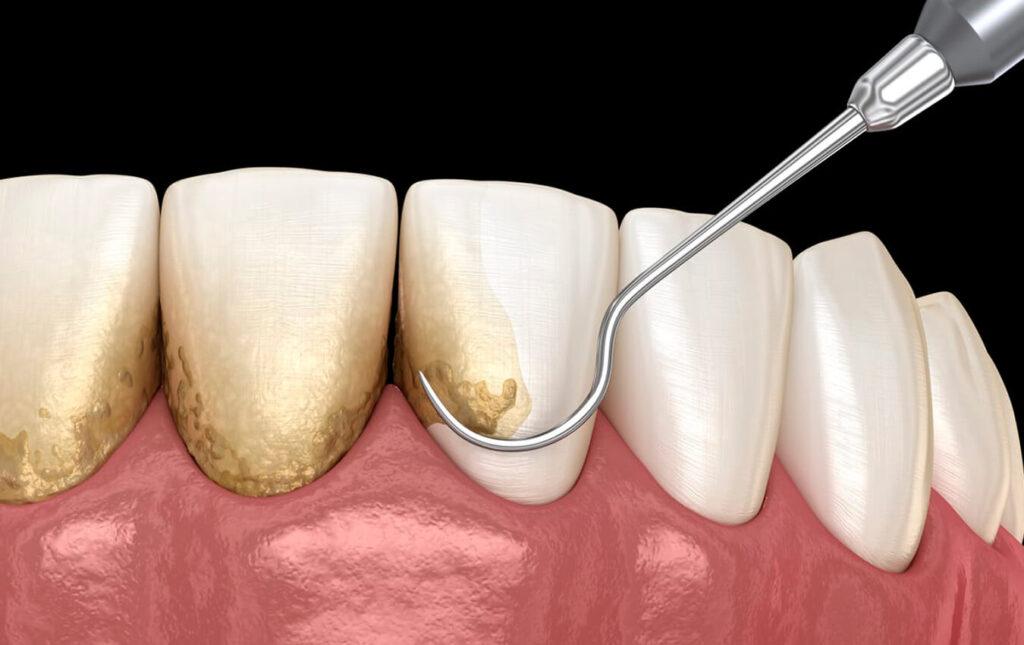
Benefits
- Root planning helps deep – cleaning the deep pockets between the gum and the teeth
- It stops gum disease from getting worse
- It smoothes the root in order to eliminate any rough tartar deposits that can provide breeding grounds for bacteria.
Who is this procedure for?
- People with persistent bad taste and breath in their mouth
- People with sensitive gums that bleed during brushing
- People who have pus between the gums and the teeth when the gums are pressed
- People who are determined to follow a regular routine of brushing and flossing.
What happens before the procedure?
Root planning is a form of deep cleaning, so the dentist needs to numb the mouth. The numbing of the mouth is the reason why not all 4 mouth quadrants are done during one visit – the numbness of the whole mouth can be very unnerving.
What happens during the procedure?
The dentist uses an ultrasonic instrument (hand scaler) to scrape the plaque and tartar off. Using special instruments he or she needs to reach all parts of the tooth and clean them completely. Next, he or she uses an electric scaler which vibrates with water and cleans out the mouth. The debris that is left in the mouth is suctioned along with the water.
What happens after the procedure?
Patients are likely to experience sensitivity to cold and hot and it is recommended to use toothpaste designed for sensitive teeth. Besides advising patients to brush and floss thoroughly daily, an antibacterial mouthwash may be prescribed.

